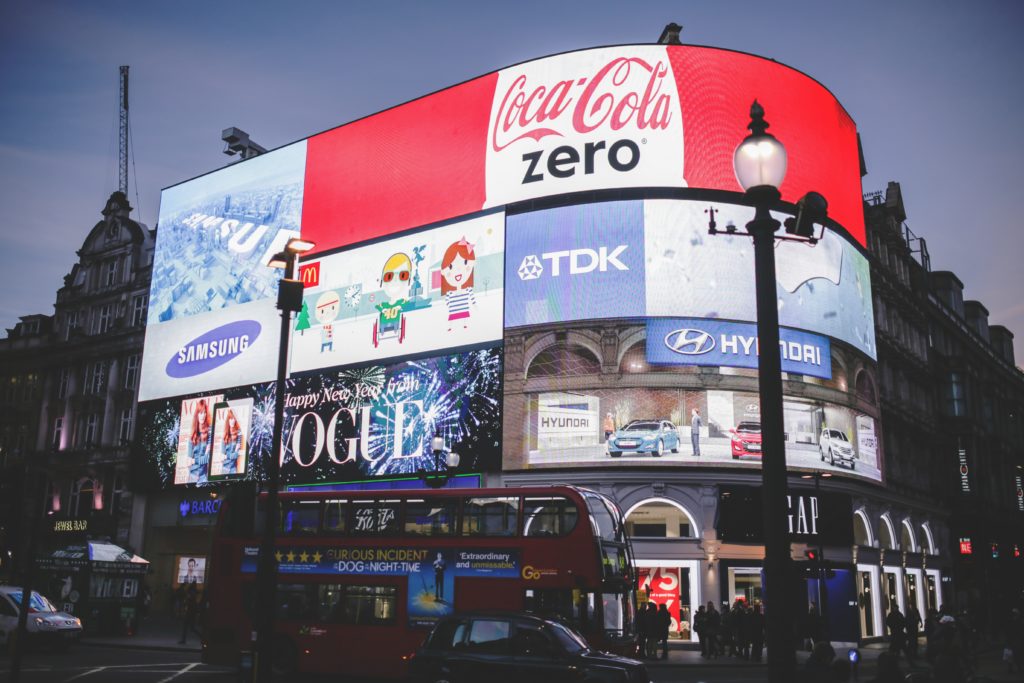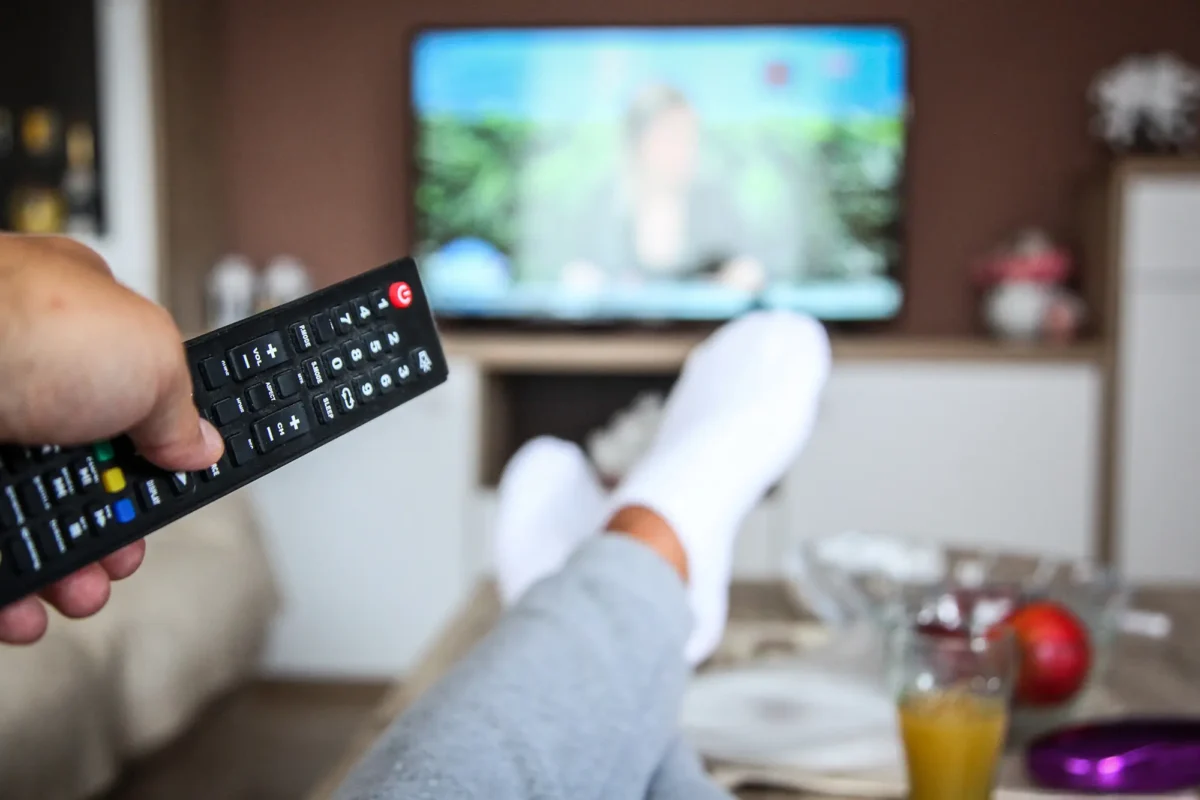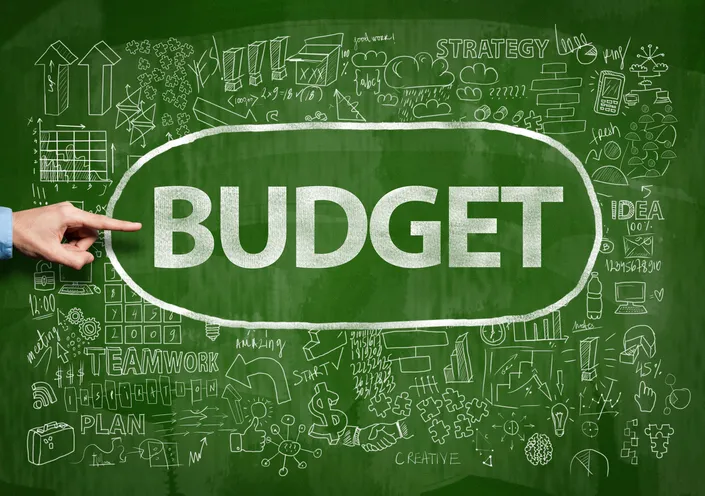Have you ever noticed those eye-catching advertisements while commuting or exploring public spaces? That is out-of-home advertising, a dynamic approach connecting brands with consumers on the go that leverages diverse formats like billboards, transit ads, and street furniture strategically placed in high-visibility areas to deliver captivating visuals and compelling messages directly to audiences.
In this article, we will answer “What is out-of-home advertising” by exploring its key characteristics, formats, and benefits to help you capture attention and forge lasting impressions with your target consumers in an impactful way.
Key Characteristics of Out-Of-Home Advertising
One of the most significant characteristics of OOH advertising is its ability to connect with a diverse audience from various backgrounds, as it is not confined to a single location or platform. Whether it’s a billboard along a busy highway, a transit ad on a city bus, or a digital screen in a shopping mall, this type offers unparalleled reach and exposure to potential customers.
Another key characteristic is its constant visibility in high-traffic areas. By strategically placing advertisements in locations where people gather or commute, OOH advertising ensures that brands remain top-of-mind for consumers. This persistent presence can reinforce brand recognition and drive recall, ultimately influencing purchasing decisions.
Furthermore, out-of-home advertising seamlessly complements digital marketing efforts. Integrating QR codes, social media interactions, and location-based targeting can bridge the gap between the physical and digital worlds, creating a cohesive and engaging brand experience for consumers.
Types of Out-Of-Home Advertising Formats


1. Billboards
Billboards are the most well-known form of OOH advertising and come in various types, including static and digital displays. Static billboards offer large, impactful visuals ideal for long-term brand messaging. In contrast, digital billboards provide flexibility with dynamic content that can be updated in real time. Both formats are highly effective in capturing attention and driving brand recognition.
2. Transit Advertising
Transit advertising encompasses many opportunities on public transportation systems, such as bus wraps, subway posters, and taxi-top ads. These formats allow brands to reach commuters and travelers daily, creating opportunities for repeated exposure and message retention.


3. Street Furniture
Public amenities like bus shelters, kiosks, and benches seamlessly integrate out-of-home advertising into the urban landscape. This form of advertising gives brands a unique canvas to showcase their products or services in high-foot-traffic areas, ensuring maximum visibility and exposure.
4. Place-Based Media
Utilizing OOH advertising in specific locations such as airports, shopping centers, and sports arenas allows brands to reach audiences in environments more likely to be receptive to marketing messages. For example, airport ads can target frequent travelers, while shopping center ads can influence purchasing decisions at the point of sale.
Benefits of Out-Of-Home Advertising
As we mentioned before, OOH advertising drives high visibility and brand awareness. With strategic placement and eye-catching creative executions, campaigns can capture consumers’ attention effectively, reinforcing brand recognition and establishing lasting impressions.
Moreover, OOH advertising offers the opportunity for targeted messaging in specific locations. By leveraging demographic and psychographic data, brands can tailor their advertising content to resonate with their desired audiences in relevant environments, increasing the likelihood of meaningful engagement and conversions.
Compared to other advertising mediums, out-of-home advertising is considered a more cost-effective alternative. The ability to reach a large audience at a relatively low cost makes it a valuable component of the marketing mix for brands looking to maximize their advertising budgets. With the potential to deliver high-impact impressions and extended exposure times, it also offers substantial returns on investment for businesses of any size.
Effectiveness and Measurement
Metrics such as impressions and reach can measure the effectiveness of out-of-home advertising campaigns. Impressions refer to the number of times an advertisement is viewed, while reach measures the percentage of the target audience exposed to the ad. These metrics provide insights into the campaigns’ overall exposure and potential impact.
In addition to traditional metrics, consumer engagement studies are used to measure the impact of out-of-home advertising. These studies assess how well the ads resonate with consumers, their recall rates, and overall engagement levels. This data helps marketers refine their strategies and optimize their campaigns for better results.


Integrating Out-Of-Home with Digital Marketing
In today’s digital age, integrating out-of-home advertising with digital marketing strategies is crucial for maximizing impact and driving consumer engagement. By incorporating QR codes or social media integrations, campaigns can seamlessly bridge the gap between the physical and digital worlds, encouraging consumers to interact with brands in real time and across multiple touchpoints.
Combining out-of-home advertising with digital marketing allows brands to leverage consumer data and behavioral insights by enabling enhanced audience targeting and retargeting capabilities. This integration facilitates the delivery of personalized and relevant messaging to target audiences across physical and digital realms, creating a cohesive and impactful marketing experience.
Creative Considerations for Out-Of-Home Advertising
For out-of-home advertising to be effective, it must balance clear messaging and memorable content. Given passersby’s short attention span, ads should quickly and concisely convey their key points for easy understanding. Yet, incorporating creative storytelling, humor, or thought-provoking concepts can elevate resonance and drive audience engagement.
Bold visuals and strong branding are also crucial for memorable out-of-home advertising. Eye-catching graphics, vibrant colors, and recognizable brand logos can help advertisements stand out in cluttered urban environments, leaving a lasting impression on passersby.
Trends and Innovations in Out-of-Home Advertising
A transformative trend reshaping the landscape of out-of-home advertising is the digitalization of billboards and other advertising formats, which unlock dynamic content capabilities and empower brands to update their messaging and adapt to changing circumstances or events.
Technological advancements have also enabled dynamic content integration and real-time updates in out-of-home advertising. Interactive displays, augmented reality experiences, and data-driven content personalization are becoming increasingly prevalent, creating immersive and engaging brand experiences for consumers.
End Note
Out-of-home advertising has solidified its position as a powerful and effective marketing tool in the modern landscape. By reaching wider audiences, enhancing brand visibility, and complementing digital marketing efforts, businesses can leverage these unique opportunities to create impactful and memorable advertising campaigns.
At Nartak Media Group, we understand the intricacies of out-of-home advertising and possess the expertise to plan and execute successful campaigns that resonate with your target audience. Contact our team today, and let us help you elevate your advertising strategy with out-of-home advertising.






